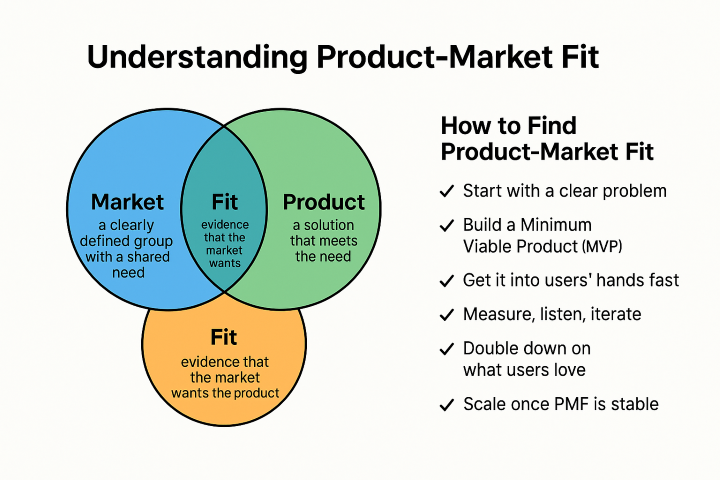In the world of success, there is a question often whispered but seldom spoken aloud: “What’s in it for me?” To some, it may sound selfish or even egocentric. However, this question is at the heart of the mindset that propels many to greatness. Understanding and leveraging this seemingly self-centred question can be the key to unlocking your potential and achieving your goals.
The Misconception of Selfishness
At first glance, asking “What’s in it for me?” can appear self-serving. It conjures images of individuals who prioritize their own needs more than anything else, potentially at the expense of others. However, this perspective misses a crucial point. Successful people aren’t merely acting out of selfishness; they are aligning their actions and decisions with their goals and values. This alignment is what drives their success.
The Power of Self-Interest
Self-interest is not inherently negative. In fact, it is a powerful motivator. When individuals understand what they stand to gain, they are more likely to commit fully to their endeavours. This question helps in:
Clarifying Goals: By asking what’s in it for them, successful individuals can define their objectives clearly. This clarity helps them focus their efforts and resources effectively.
Prioritizing Actions: Not all tasks are created equal. By evaluating the potential benefits of different actions, successful people can prioritize those that offer the greatest return on investment, whether that return is financial, emotional, or personal growth.
Maintaining Motivation: The pursuit of success is often fraught with challenges and setbacks. Knowing what’s at stake keeps individuals motivated through tough times, as they have a clear vision of the rewards awaiting them.
The Balance of Self-Interest and Altruism
It’s important to note that asking “What’s in it for me?” doesn’t mean ignoring the needs of others. Successful people often find ways to align their interests with those of their team, organization, or community. This creates a win-win scenario where personal success also contributes to the success of others.
For example, a leader who understands that their success is tied to the success of their team will invest in their team’s development and well-being. This not only benefits the team but also enhances the leader’s own reputation and effectiveness.
Practical Applications
Here are some practical ways to incorporate this mindset into your professional life:
Set Clear Objectives: Define what success looks like for you in any given project or role. What do you hope to achieve, and how will it benefit you personally and professionally?
Evaluate Opportunities: When presented with new opportunities, ask yourself how they align with your goals. Will they bring you closer to your desired outcomes?
Communicate Value: When working with others, be transparent about your goals and how they align with the collective objectives. This builds trust and ensures everyone is working towards a common purpose.
Reflect and Adjust: Regularly review your progress and the benefits you are reaping. If you find that your efforts are not yielding the expected returns, it may be time to adjust your approach or redefine your goals.
“What’s in it for me?” is more than just a question; it’s a guiding principle that can transform your approach to success. By embracing this mindset, you can clarify your goals, prioritize your actions, and stay motivated through challenges. Remember, self-interest and the greater good are not mutually exclusive. When aligned correctly, they can create a powerful synergy that drives both personal and collective success.
By reframing this question as a tool for focus and motivation rather than selfishness, you can unlock new levels of achievement and fulfilment in your professional journey. So, the next time you face a decision or challenge, don’t be afraid to ask, “What’s in it for me?” It might just be the key to your next big breakthrough.
Content authored with the assistance of AI





